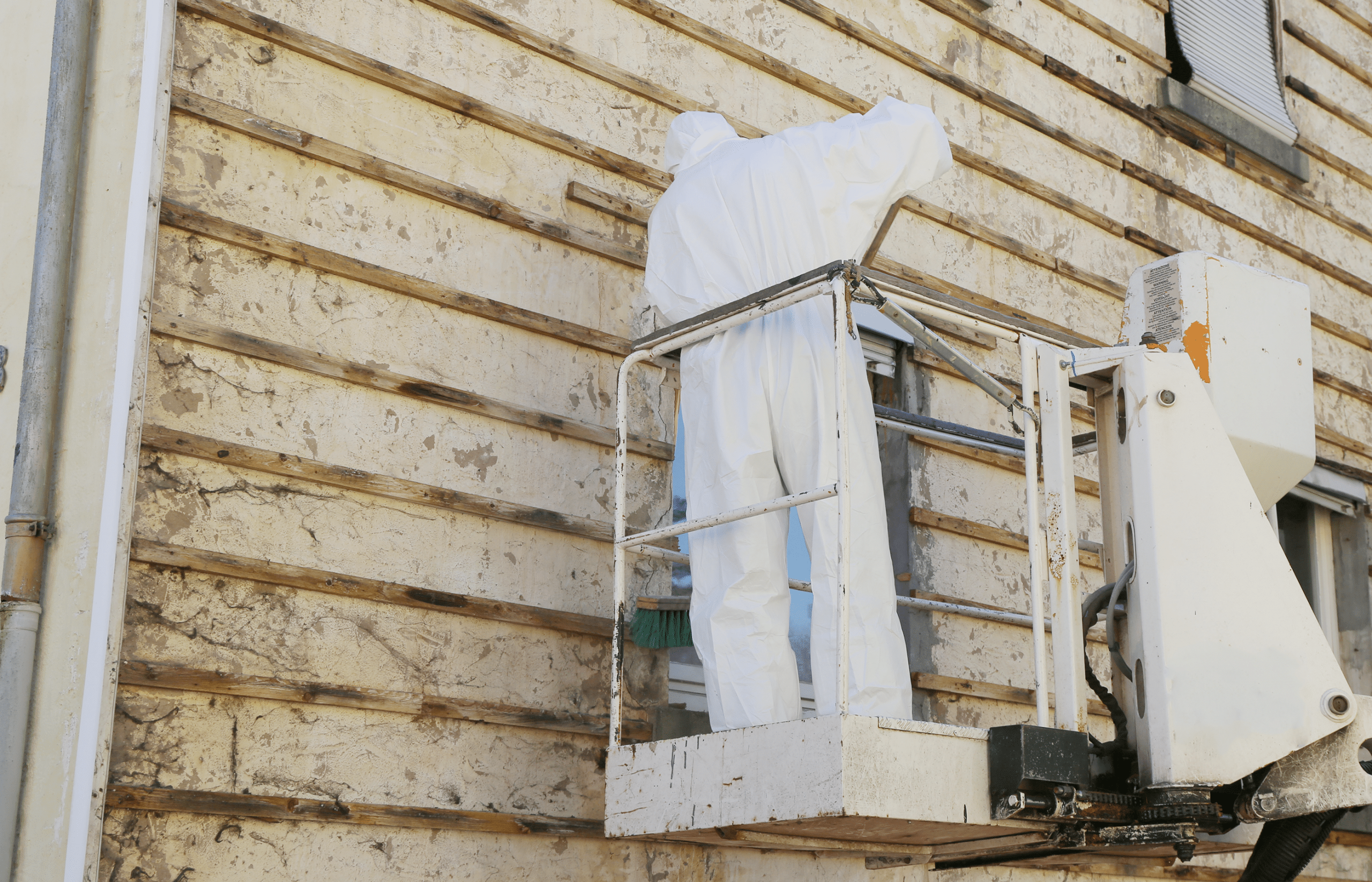Asbestos Exposure in the Insulation Industry
A toxic mineral called sbestos was once a common material in a number of insulation products. Learn about the insulation industry and what trades are at risk for dangerous levels of exposure.

Asbestos Risks in the Insulation Industry
This billion-dollar industry has its insulation products in most building structures, tools, materials, and machinery all over the world. Insulation is the ultimate tool for temperature and noise control, machine operating safety, fire resistance, and protection against the outside elements (natural and manmade) that exist year-round.
There’s a naturally occurring mineral called asbestos that was once very valuable in many different industries, especially insulation. This is because asbestos is resistant to fire, electricity, and chemical corrosion. Not to mention strong, malleable, and cost-efficient. The insulation industry heavily utilized asbestos in products manufactured and distributed.
Occupational Exposure Before 1982
It was around the 1970s that researchers discovered these minerals to be toxic to human health. Prolonged exposure to the mineral was causing people to develop lung cancer, mesothelioma, and other diseases. However, the mineral was already used for decades in several industries, causing people who worked before 1982 to be exposed to dangerous levels of it.

Vermiculite Mining in Libby, Montana
In the early 1920s, there was a vermiculite mine near Libby, Montana. Vermiculite is a mineral with similar properties to asbestos, except it isn’t toxic. Vermiculite was processed and shipped to processing plants all around the United States until it was discovered to be contaminated with asbestos.
The mine wasn’t shut down until the 1990s after tons of the contaminated vermiculite was shipped to over 200 domestic processing and receiving facilities all around the U.S.
Like asbestos, vermiculite was also a mineral used in the insulation industry.
Insulation Workers Encounter Asbestos
When insulators handle, install, or remove asbestos products (or contaminated vermiculite), there’s a significant chance the mineral’s spindly fibers will become airborne. Once airborne, workers and nearby residents can easily inhale or ingest them. Once the fibers are lodged in the throat or other nearby areas in the body, they’ll damage tissues until after so many years of damage, malignant tumors can begin to form.
Lung cancer and mesothelioma are the most common diseases that develop from prolonged exposure to asbestos.

Insulation Industry Trades at Risk of Exposure
While a lot of insulators have knowledge of all these industry trades, it’s helpful to list them all separately. If they happen to work with contaminated insulation products, they’re at very high risk for exposure. Related trades at risk include:
Asbestos and Lead Mitigation
Workers in this trade focus on the efficient, thorough, and safe removal of any contaminated insulation products. Asbestos and lead mitigation employees will perform an assessment on the area, and develop and implement a plan that works for everyone.
Firestopping
These insulators are in charge of designing, installing, and replacing fire-stopping materials. Firestopping insulators also handle the inspection of structures and maintenance of materials.
Mechanical Insulation
This section of the industry involves installing and maintaining insulation products that are used on piping, equipment, and other mechanical systems. This can include boilers, HVAC systems, and ducts.
Sound Attenuation
Insulators in this trade handle the installation and maintenance of noise-reducing systems. They also give evaluations to business owners and recommend proper materials and equipment for related projects. This helps largely with mechanical and acoustical functions.
Specialty Fabrication
Specialty fabrication insulators have their hands in differing levels of temperature, fire, and noise control insulation projects. Services involve die-cutting for any size openings and assembly of sound control and thermal barrier products.
Laws and Regulations Against Asbestos
Once asbestos was classified as a carcinogen (i.e., cancer-causing agent), all handling of it became heavily regulated. Government organizations put several laws in place to regulate the use and enforce proper removal of the mineral. Building owners and managers are held responsible for removing asbestos from contaminated structures before allowing people to work or reside there.

Financial Aid
Since there are laws to protect workers and residents from negligent exposure to the toxic mineral, those exposed and then later diagnosed with lung cancer or other diseases could be entitled to financial compensation from the companies responsible. The amount of monetary compensation would be determined by a judge in a legal case.
An experienced attorney can help you get through the process by taking all the work off your shoulders. They’ll retrieve needed documents, perform interviews, provide you with resources, and, most importantly, represent you.
Think You’ve Been Exposed to Asbestos?
If you or a loved one has worked in the insulation industry and fear for asbestos exposure, visit your doctor immediately. Especially if you exhibit any symptoms of lung illness such as chronic coughing, chest pain, or recurrent sore throat. Your doctor will test you for the most likely cause first. Based on the results, they’ll move on for more tests and give you an official diagnosis.
Just because you’ve worked in the insulation or other asbestos industry in the past, doesn’t necessarily mean that you’ll develop a related disease. Regardless, early screenings will help because it’s good to rule out the possibility of disease as early as possible. Early detection can sometimes lead to more treatment options for a patient if there is an illness.


